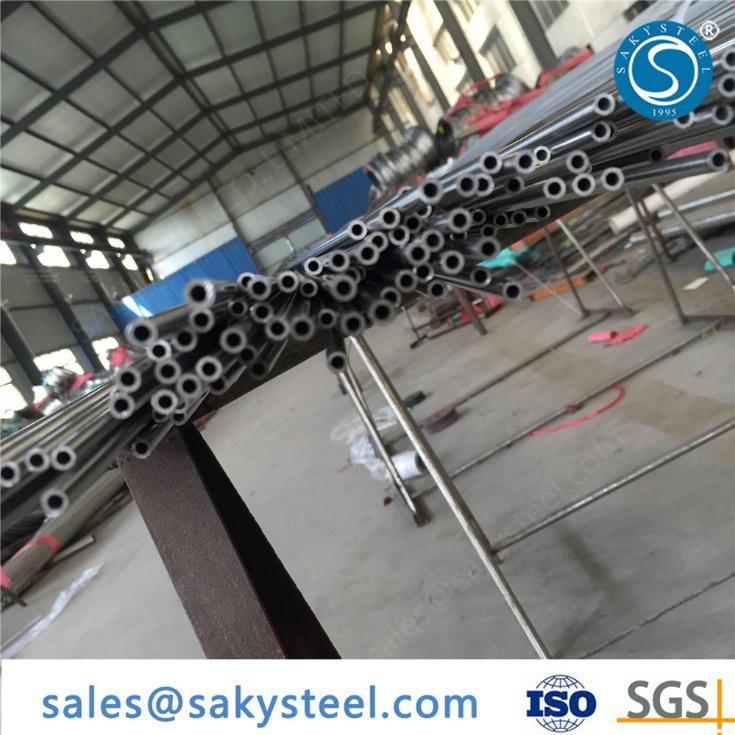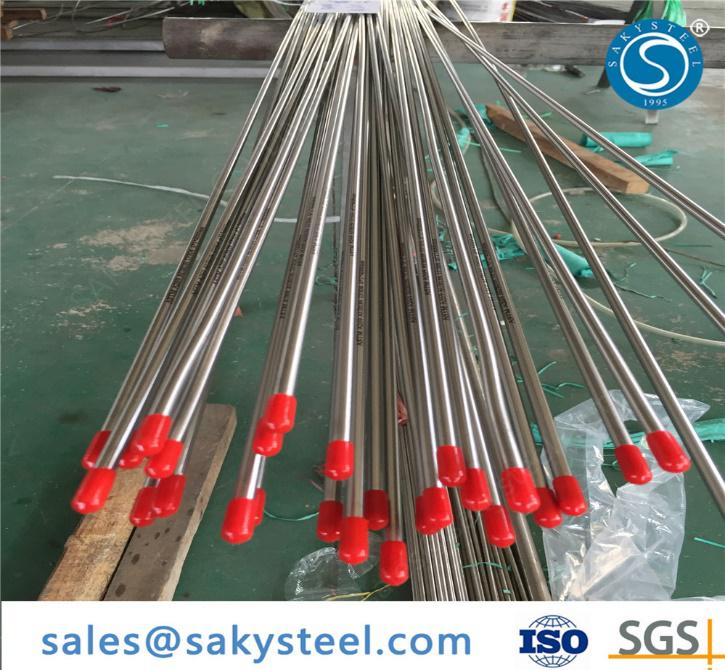THE DIFFERENCE BETWEEN EDDY CURRENT & HYDROSTATIC testing
Eddy Current testing (ECT) and Hydrostatic Testing (Hydrotest) are both non-destructive tests used for stainless steel tubing. A hydrotest is performed to check for leakage in the tubing before it is shipped. Eddy Current Testing is done to ensure there are no surface defects on the inner or outer surfaces of the tubing.
Hydrostatic testing is safe and a commonly accepted approach to test pipelines or tubing for leaks. This test typically takes about 15 minutes per coil depending on the size. The section is filled completely with water, one end sealed and the tube is pressurized from the opposite end. Lower pressure tests can also be performed with compressed gas, but hydrostatic leak tests are performed with the water or other liquids for safety reasons. The tubing is pressurized to a specified pressure greater than normal operating pressure. The test pressure is held and monitored for a set period of time.
Especially for the stainless steel capillary tubes, it is required that the pressure of 7.0Mpa can be held for at least 5 minutes.
Eddy Current Test uses principles of electromagnetic induction to determine if near-surface cracks exist. It also measures the change in conductivity when two layers of different material meet. Through a magnetic field, material is tested using currents that flow in a circular track. Changes in the integrity or thickness of the test piece will in turn affect current flow and the magnetic field in the coil. The instrument monitors the output and displays information for analysis.Therefore, the result of ECT is more accurate than the hydrostatic testing.
Note: For tubes of special usage, such as making radiators, ECT is better.
OUR CERTIFICATION
Contact Us
- Contacts: Saky Steel
- sales@sakysteel.com
- Skype: saky.steel
- Tel: 0086-21 60446500;60446511
- Fax: 0086-21 51026334
- Address: A205 No.588 ZhuYuan Road,Shanghai,China 201112


